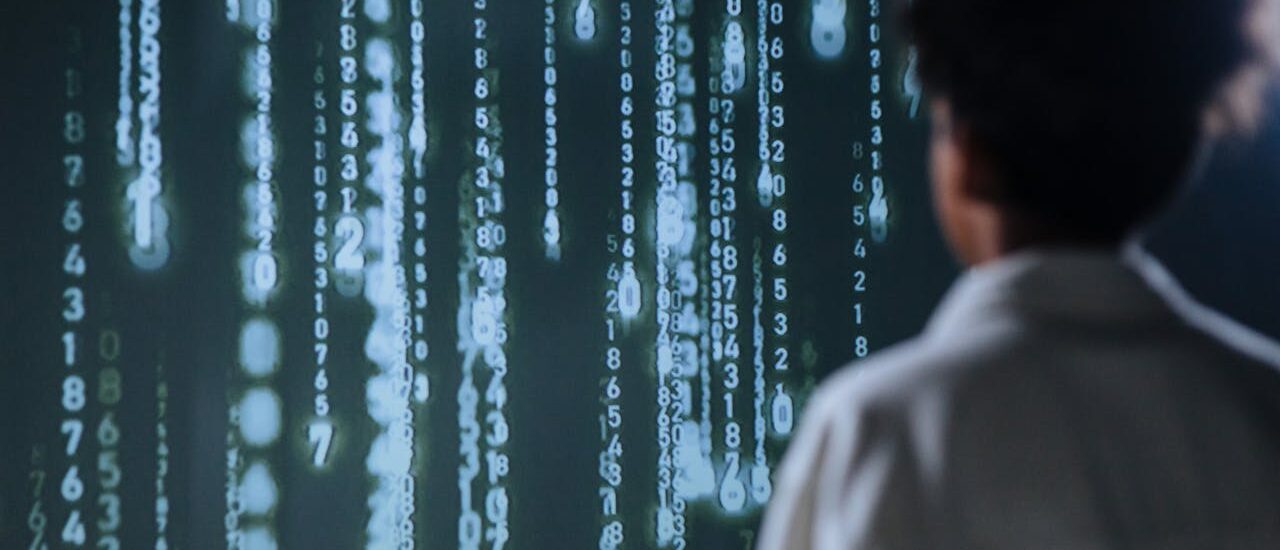Since the nature and frequency of cyber threats continue to increase, classic security protocols like PINs and passwords are no longer sufficient to defend sensitive information. As businesses become more and more digitally dependent, the need to implement powerful cybersecurity systems is more needs-based now than ever before. In comes iris recognition, a biometric solution that is quickly taking the spotlight due to being accurate, reliable, and having almost the same integration capabilities with artificial intelligence (AI) when it comes to cybersecurity.
Learning about Iris Recognition Technology
Iris recognition is a biometric system that uses mathematical pattern-recognition algorithms to analyze high-resolution images of a person’s irises. These patterns are complicated and cannot be changed, unlike fingerprints or facial recognition. This advantage renders it as one of the most secure biometric identifiers to use.
The procedure consists in taking a high-resolution picture of an eye and analyzing the complex arrangement of the colored section of the iris. These details are transformed into a digital template, which is held in a secure database. In case the user attempts to access a system, a live scan of the iris is compared to the data stored to ascertain the identity.
What makes Iris Recognition Special
Although other forms of biometrics can be used, such as fingerprints, facial recognition, voice, and retina scans, among others, the specific features of iris recognition make it highly feasible in the use of cybersecurity:
- Wide use: Iris recognition has the highest accuracy of any biometrics system, which translates to a false acceptance rate (FAR) significantly low (the author’s chance of unauthenticated access to a facility is very thin).
- Non-Intrusive: Unlike in retina scans, the Iris recognition does not need proximity, and it does not use dangerous light sources; hence, it is easier to use.
- Hard to Duplicate: The intricacy and individuality of the iris design likewise halve the chance to create a copy of it, which is impossible to carry when it comes to passwords and fingerprints that can be lifted and reproduced.
The advantages render iris recognition the idea of a promising device to protect digital systems against unauthorized access and fraud.
The Role of AI in Enhancing Iris Recognition
Artificial intelligence has enhanced accuracy, speed, and flexibility in iris recognition systems to a great extent. With the AI algorithms, these systems are now able to:
- Increase Quality of Image: AI will be able to improve low resolutions of images, making it simpler to digitally capture irises in non-ideal circumstances more properly.
- Adopter Environmental Conditions: AI-powered systems can adapt to changes in light, eyes location, and even movement to ensure maximum reduction of mistakes in real-time usage.
- Develop over time: AI models are capable of machine learning and improvement to give the system the greater ability to identify users more quickly and with an enhanced degree of accuracy over time.
This is the synergy of AI in cybersecurity together with biometric authentication that results in powerful, intelligent, and robust security systems.
Cyber Defense applications
The possible use of iris recognition in the field of cybersecurity is enormous and is expanding fast. Some of them include:
1. Protected Access To Key Systems
Government departments, military forces, and other corporations tend to store very sensitive information. The process of iris recognition will bring a very strong shield of protection in gaining access to these systems, and even by cracking conventional identifications, a user can only be authorized to log in.
2. Multi-Factor Authentication (MFA)
Adding iris recognition to the MFA system enhances it with a strong biometric component. Although a cybercriminal may access a person and obtain login data, the access will be refused unless a person has passed an examination and the iris scan has been displayed correctly. This drastically reduces the risk of data breaches drastically go down.
3. Financial Services and Banking Services
More and more fintech companies and banks have started using iris recognition to confirm their users when completing a transaction on the internet. This unique biometric guarantees safe access to the financial information, resulting in reduced damage in the form of fraud and building customer confidence.
4. Medical Data Protection
Medical and personal information of large quantities are stored in healthcare systems. The use of iris recognition will ensure that only authorized medical staff can access sensitive patient data, which helps preserve privacy and comply with data protection regulations.
Challenges and Considerations
Though iris recognition has beneficial properties, some obstacles to the significant adoption of this recognition method in cybersecurity exist:
- Cost: Implementing the high-quality iris scanners can be very costly, particularly with regard to small companies.
- Privacy Issues: Similar to other biometric data, information about the iris has to be completely secured and treated extremely carefully. An experience of a biometric data breach may be more damaging than a leak of a password since one cannot change biometrics.
- Environmental Limitations: Factors such as glasses, contact lenses, or obstructions can sometimes hinder the accuracy of scans, even with AI technology present.
These issues demonstrate why high encryption, secure storage systems, and concise regulatory approaches to implementing iris recognition are critical.
Future Outlook
Cyber threats are constantly evolving, so tools to combat them should also improve. Iris recognition presents a promising prospect in the realm of digital security, particularly when integrated with artificial intelligence. The further growth of artificial intelligence will increase the reliability, speed, and accessibility of iris-based systems and make them more plausible in many areas of activity.
As the world is turning to more strict measures of data protection and identity assertion, we are set to see increased use of iris recognition in high-security systems, including corporate networks, healthcare systems, and government and military organizations.
Conclusion
Modern cybersecurity entails shifting away from the classical means of authentication. Artificial intelligence supported by iris recognition provides an innovative, safe, and effective method of authenticating identity and securing sensitive systems. An eye on security will be an important phase of confidence and protection of the continuously changing world of cyberattacks as the digital world keeps expanding.





